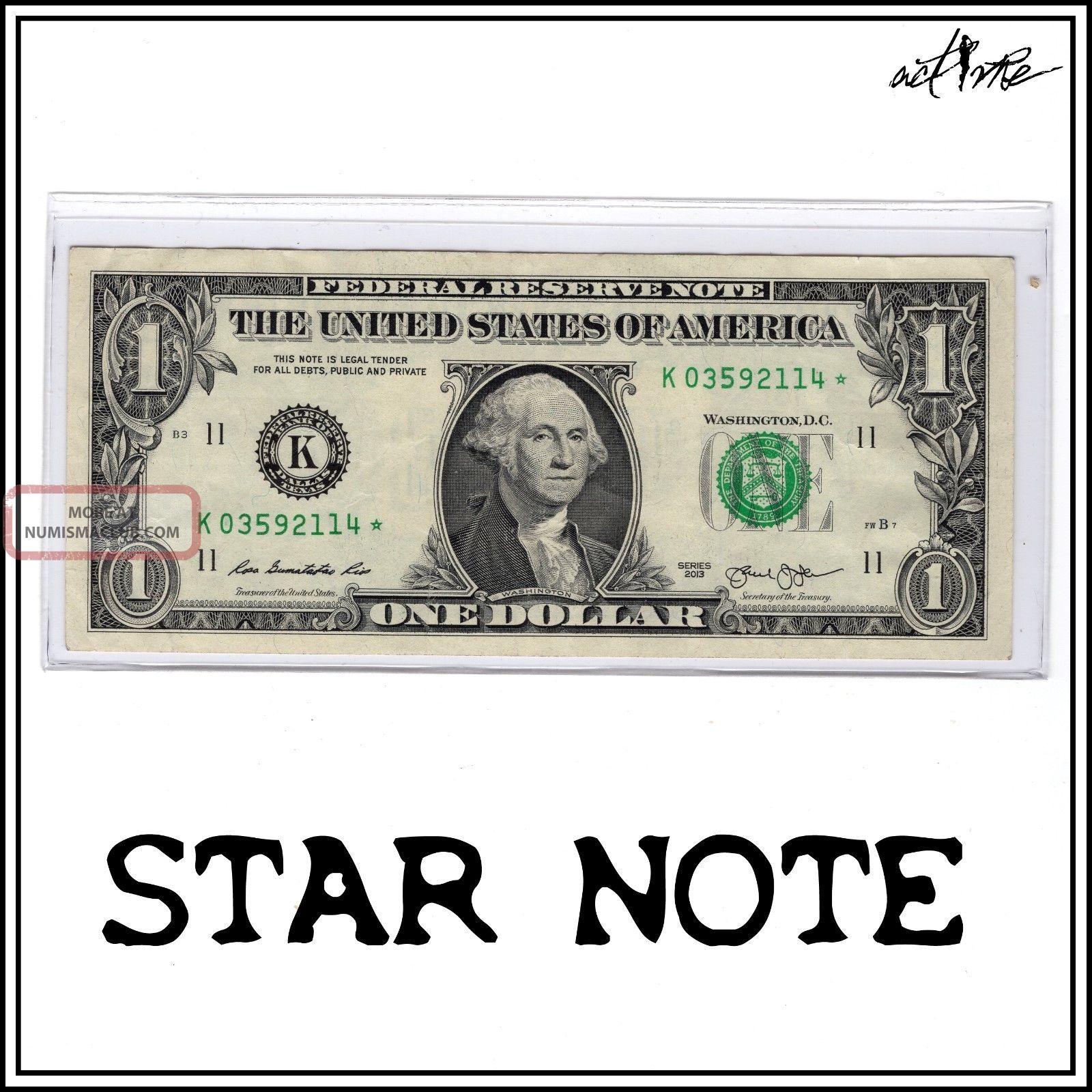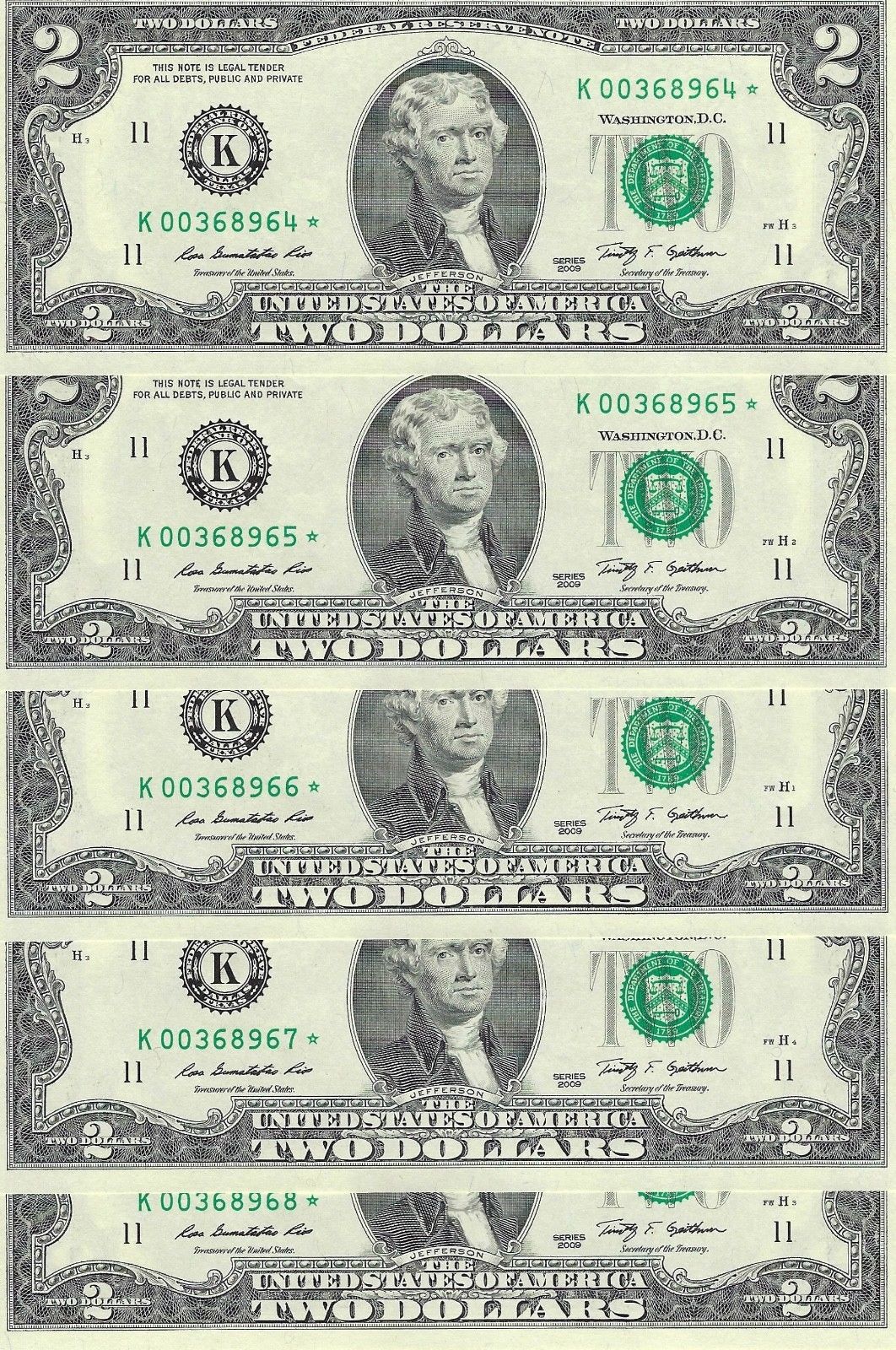
To change all lines of text, select the outline of the text object, and then apply the bullet or numbering. On the HOME tab, in the Paragraph group, click Bullets or Numbering. On the slide, select the lines of text in a text placeholder or table that you want to add bullets or numbering to. On the left-hand side of the PowerPoint window, click a slide thumbnail that you want to add bulleted or numbered text to. On the VIEW tab, in the Presentation Views group, click Normal. Use bullets or numbers to present lots of text or a sequential process in a PowerPoint 2013 presentation.
Sequential star notes serial number#
Where can I sell my Star note bills?Īccording to experts, you may discover your star note’s serial number in order to find out how uncommon it is – and bills that are far more rare can go for a considerable sum on sites like eBay, Heritage Auctions, and Mercari.Format your text as bullets change font size, line spacing, and indentation and change list formatting on the slide master to change all of your slides at once. The whole notion of print runs gets diluted. In addition, many reference books do not go beyond letters in breaking down older-series star note values estimates provided by FRB.
Sequential star notes series#
The total amount printed of older star note series is more often collected by the FRB, therefore the significance of the overall quantity produced is greater. Modern star notes are more likely to be completed by print run in star note sets than previous series notes. If the rarest star note is filthy and shredded, it isn’t probably worth much more than face value.įor older series notes, the number of issues per run is less significant. The state of a note’s quality has a major impact on its worth. How do I know if my star note is worth money? This is a crucial detail in determining the scarcity of a star note. The distinction between the two is that star notes are used to replace damaged goods during the printing process. They appear to be the same, which is why utilizing the tables and lookups is so critical. Nothing apparent will distinguish between a sheet-type and a regular-type star note. The print type has a significant impact on whether or not a star note is rare. The difference is in when they’re used during the printing process. Look for a star sign at the end of the serial number to determine whether you have a star note. On Legal Tender notes and Silver Certificates, the star is where the prefix is (the first letter of the serial number). The star is where the block letter usually appears on Federal Reserve Notes (the last letter of the serial number). These replacement notes are printed similarly to regular money, except they include a star in the serial number. The BEP (Bureau of Engraving and Printing) uses high-denomination star notes to replace damaged or misprinted currency that has yet to enter circulation. 1928A $100 star notes are unusual, but they aren’t nearly as popular as the 1929 edition. Extremely high grade $100 gold certificate star notes are quite uncommon. The Dallas Federal Reserve Bank’s 1929 $100 star note is the most rare $100 star note.

Star notes issued by the Federal Reserve Bank of Dallas will go for a premium. The worth of an extremely fine example is about $300.In uncirculated form, the price for notes with an MS 63 grade is approximately $975. In excellent condition, the value of a 1950 $100 star note is about $225.

Nonetheless, despite their relative accessibility, they bring hefty prices.Įven if a note is rare, it will be valued if it was printed before 1935 and has a serial number lower than 100. Since 2008, they have dropped in value by 50%. The series of 1966 red seal star notes was one of the most popular $100 star notes. For notes with an MS 63 grade, uncirculated prices range from $425 to $612. In good to excellent condition, the star notes of 1985 are worth around $200. The Boston Fed’s 2013 series $5 star note, which was printed in July 2013, has an MS 63 grade and is worth about $20 in uncirculated condition. The face value of a 2013 series $5 star note is $5. Some star notes are still in circulation and thus aren’t worth much more than their face value. In uncirculated condition, a 2009 $100 star note is worth anywhere from $150 to $200. Star notes printed in Fort Worth, Texas and emanating from the Federal Reserve Bank of Atlanta are worth around $20 in MS 63 uncirculated condition. There are a few extra uncommon star notes that are more valuable. In uncirculated condition, the majority of 2006 series $1 star notes are worth around $5-6. The 2003A series $100 star notes are worth about $175 in uncirculated condition with an MS 63 grade. In uncirculated condition, the 2003 $100 dollar star note value is around $265-275.


 0 kommentar(er)
0 kommentar(er)
